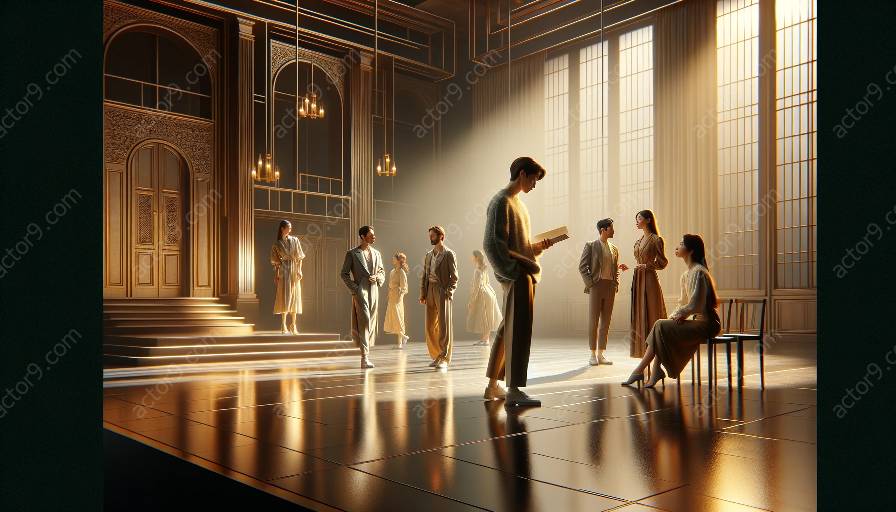Practical aesthetics is a method of actor training that emphasizes the use of analysis and physical action to inform and enrich a performance. At its core, practical aesthetics contributes significantly to character development through its focus on script analysis, physical embodiment, and ensemble work. By delving into the principles of this acting technique, we can comprehend the ways in which it influences the shaping of an actor's character portrayal and overall personal development.
Understanding the Foundations of Practical Aesthetics
Practical aesthetics was developed by David Mamet and William H. Macy at the Atlantic Theater Company Acting School in New York City. It is grounded in the idea of bringing truth and authenticity to every aspect of an actor's performance. The training involves breaking down a script into its fundamental components, leading to a deep understanding of the character, their motivations, and the given circumstances of the scene.
Impact on Character Development
One of the key contributions of practical aesthetics to character development is its emphasis on objective-driven acting. By focusing on what the character wants in each scene and how they aim to achieve their objectives, actors are able to internalize and embody the traits of their characters, thereby expanding their own emotional range and understanding different perspectives.
Furthermore, the physicalization of the text, another fundamental aspect of practical aesthetics, enables actors to fully immerse themselves in the character's physicality, leading to a deeper connection with the character's emotions, gestures, and movements. This process of embodiment plays a pivotal role in shaping an actor's understanding of character development and human behavior.
Application in Ensemble Work
Practical aesthetics also places a strong emphasis on ensemble work, emphasizing the collaboration and interconnectedness of the actors within a scene or play. This approach extends beyond the individual development of a character and encourages actors to consider the impact of their actions on others, fostering a deeper appreciation for the dynamics of relationships on stage and in real life.
Integration with Other Acting Techniques
In tandem with practical aesthetics, other acting techniques, such as Stanislavski's method and Meisner technique, can further enrich an actor's understanding of character development. These techniques provide complementary perspectives on emotional truth, spontaneity, and empathy, contributing to a well-rounded and multi-dimensional approach to portraying characters on stage and screen.
Conclusion
In conclusion, the practice of practical aesthetics significantly contributes to character development by providing actors with a structured framework for script analysis, physical embodiment, and ensemble work. As actors internalize the principles of practical aesthetics, they not only enhance their performance skills but also undergo personal growth, gaining a deeper understanding of themselves and the human experience. Through these means, practical aesthetics stands as a profound catalyst for character development in the realm of acting, shaping individuals into versatile and empathetic performers.













































